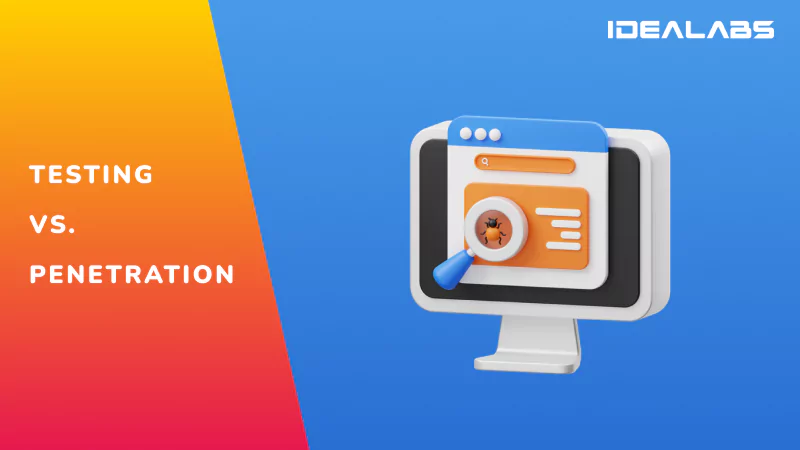Software Testing vs Penetration Testing
When we dive into the world of creating and maintaining software, two terms often pop up: Software Testing and Penetration Testing. Both are crucial in ensuring that a digital product like a website, app, or software runs smoothly and securely. But what exactly are they, and how do they differ? Let’s break it down with IdeaLabs.lk as our guide.
What is Software Testing?
Think of Software Testing as a health check-up for your software. It's all about identifying any bugs or issues that could affect how the software performs, looks, or feels. The goal? To make sure the software is as close to perfection as possible before it reaches the user.
Key Points About Software Testing:
- Purpose: To find bugs and ensure the software works as intended.
- Focus: Looks at functionality, usability, performance, and more.
- When: Throughout the software development life cycle.
What is Penetration Testing?
Penetration Testing, or "Pen Testing" for short, is like a security drill for your software. It's a simulated cyber-attack against your software to check for exploitable vulnerabilities. Think of it as hiring a good guy hacker to break into your software before the bad guys do.
Key Points About Penetration Testing:
- Purpose: To identify and fix security vulnerabilities.
- Focus: On the software's security aspects.
- When: Typically, after the software is somewhat developed or before a major release.
Software Testing vs. Penetration Testing: The Comparison
1. Objective:
- Software Testing: Ensures the software is bug-free and user-friendly.
- Penetration Testing: Ensures the software is secure from potential cyber threats.
2. Scope:
- Software Testing: Broad, covering various aspects like functionality, performance, and more.
- Penetration Testing: Narrow, focusing strictly on security vulnerabilities.
3. Methodology:
- Software Testing: Can be manual or automated, using different test cases to find bugs.
- Penetration Testing: Involves simulating cyber-attacks and using hacking techniques to find security gaps.
4. Tools Used:
- Software Testing: Utilizes a variety of testing tools depending on the type of test (e.g., Selenium for automated testing).
- Penetration Testing: Uses specialized tools designed for hacking (e.g., Kali Linux, Metasploit).
5. Outcome:
- Software Testing: Results in a list of bugs that need to be fixed.
- Penetration Testing: Results in a list of vulnerabilities that need to be secured.
The Collaboration
While Software Testing and Penetration Testing might seem worlds apart, they actually complement each other. In the grand scheme of things, Software Testing ensures that the software functions correctly, while Penetration Testing ensures it can’t easily be compromised.
For a product to be truly excellent, it needs both a clean bill of health and a strong security posture. IdeaLabs.lk understands this and integrates both testing methods into its development process. This dual approach ensures that the software not only meets the user's needs in terms of functionality and performance but also protects their data against cyber threats.
Conclusion
In the digital age, where software is part of our daily lives, ensuring that these digital products are both functional and secure is paramount. Software Testing and Penetration Testing are two sides of the same coin, each playing a vital role in the software development process. By understanding and implementing both, companies like IdeaLabs.lk can assure their users of a product that’s not just great to use but also safe and secure.
Remember, in the realm of software development, perfection lies not just in what the software can do, but also in how securely it does it.

